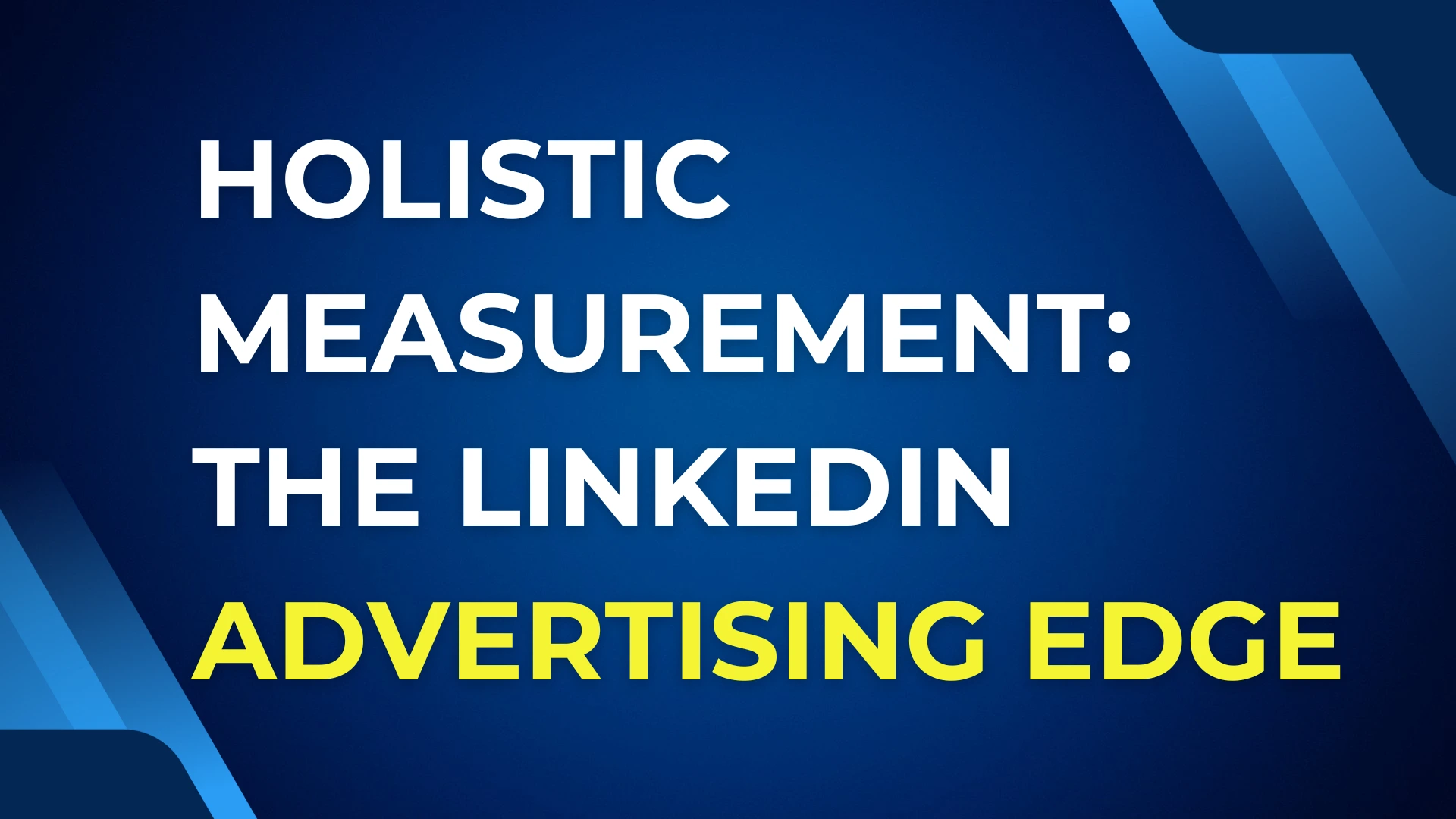In the evolving B2B marketing ecosystem, LinkedIn has emerged as a cornerstone platform for reaching decision-makers. A recent benchmark report reveals fascinating insights about what top-performing startups do differently on this platform.
Beyond the Lead: A New Way to Measure Success
The most successful B2B startups on LinkedIn changed how they measure marketing success. They don’t count leads, most of them now look at what happens after, many meetings are booked, deals in progress and the sales that are made.
This is a really big shift in how marketing teams see their jobs. Instead of just finding potential buyers/customers and passing them to the sales team, marketing helps throughout the entire buying process.
There is one tech startup that went even further with this idea, and combined their sales and marketing teams into one “growth team”. It was reported by their CEO that this simple change ended years of finger-pointing between departments, because when both teams started working together, their conversion rates improved by 30% in just one quarter.
Executive Thought Leadership: The Surprise ROI Driver
Perhaps the most surprising finding from the research is the significant impact of executive thought leadership content. Companies that feature their leaders’ perspectives in their marketing see dramatically better results, with 1.6x higher engagement compared to standard brand ads and 45% higher conversion rates when retargeting audiences who’ve seen thought leadership content.
What’s especially noteworthy is that this doesn’t require elaborate production. Simple, authentic content often outperforms expensive, highly-produced videos. A 30-second smartphone clip from an executive can generate better engagement than a $20,000 studio production. This challenges the common perception that executive content needs to be polished and time-consuming to create.
Reimagining the Marketing Funnel
The traditional marketing funnel concept is being challenged by a more realistic “in-market vs. out-of-market” approach. Based on LinkedIn’s 95-5 rule (only 5% of potential buyers are actively in-market at any time), smart marketers are focusing on engaging the 95% through education and relationship-building.
Research shows that 74% of B2B buyers choose vendors who were first to provide helpful content, long before they were ready to make a purchase decision. This explains why targeting only “in-market” prospects significantly limits potential success. The companies that engage early in the buyer’s journey are far more likely to be on the shortlist when purchase decisions are finally made.
The ABM Acceleration
More startups are embracing account-based marketing (ABM), with early-stage companies increasing their use by 30% over the past two years. One fascinating case study from the research involves a SaaS startup that tripled its conversion rates after switching to what they called their “total account coverage” strategy.
Instead of targeting just one decision-maker at each company, their marketing team created personalized content for everyone involved in buying decisions, from technical evaluators to finance approvers. They found that when 3+ people from the same company engaged with their content, deals closed 40% faster on average.
This team-based approach includes creating special campaigns that keep potential buyers engaged from first contact until final purchase. Companies using this method consistently report shorter sales cycles and significantly higher win rates against competitors who focus on single-contact approaches.
The Measurement Gold Rush
Advanced measurement approaches are creating competitive advantages for forward-thinking companies. The mention of sophisticated measurement tools has increased 300% in marketing conversations, and more startups are creating dedicated “Head of Measurement” roles earlier in their growth journey.
The top 3 measurement shifts among leading companies include:
- Accepting that perfect attribution is impossible, rather than chasing an unattainable measurement ideal
- Moving beyond single-touch attribution to multi-touch models that better reflect complex B2B buying
- Extending measurement time horizons to capture the full impact of campaigns, particularly for top-of-funnel initiatives
Fascinating Facts from the Research
The research uncovered several surprising insights about high-performing LinkedIn marketing strategies. Full-funnel marketing approaches drive 6x higher conversion rates compared to bottom-funnel-only strategies. Additionally, startups that merge marketing and sales into unified revenue teams eliminate costly internal conflicts and focus more effectively on customer experience.
Perhaps most importantly, the report found that low-effort, authentic content from executives consistently outperforms highly produced marketing materials. This democratizes effective marketing by proving that even resource-constrained startups can create high-impact content without massive production budgets.
The Bottom Line
The B2B landscape has fundamentally changed. Longer sales cycles, larger buying committees, and more complex decision processes demand a more integrated approach to LinkedIn marketing. By aligning sales and marketing toward common goals, leveraging authentic executive voices, and adopting more realistic measurement frameworks, today’s top performers are creating significant competitive advantages.
The question isn’t whether you can afford to make these changes – it’s whether you can afford not to.
Ready to elevate your LinkedIn results? Book a call today.



